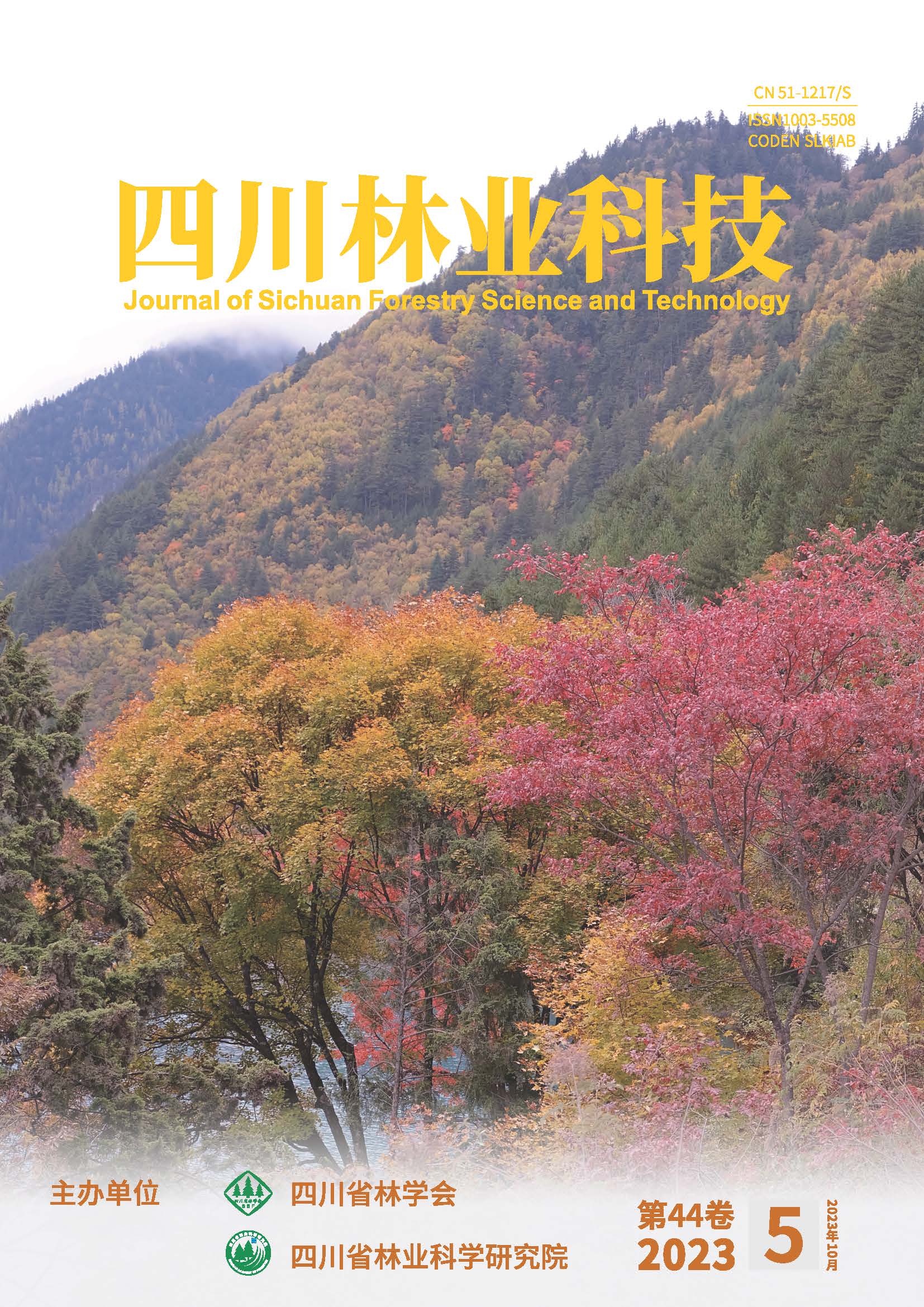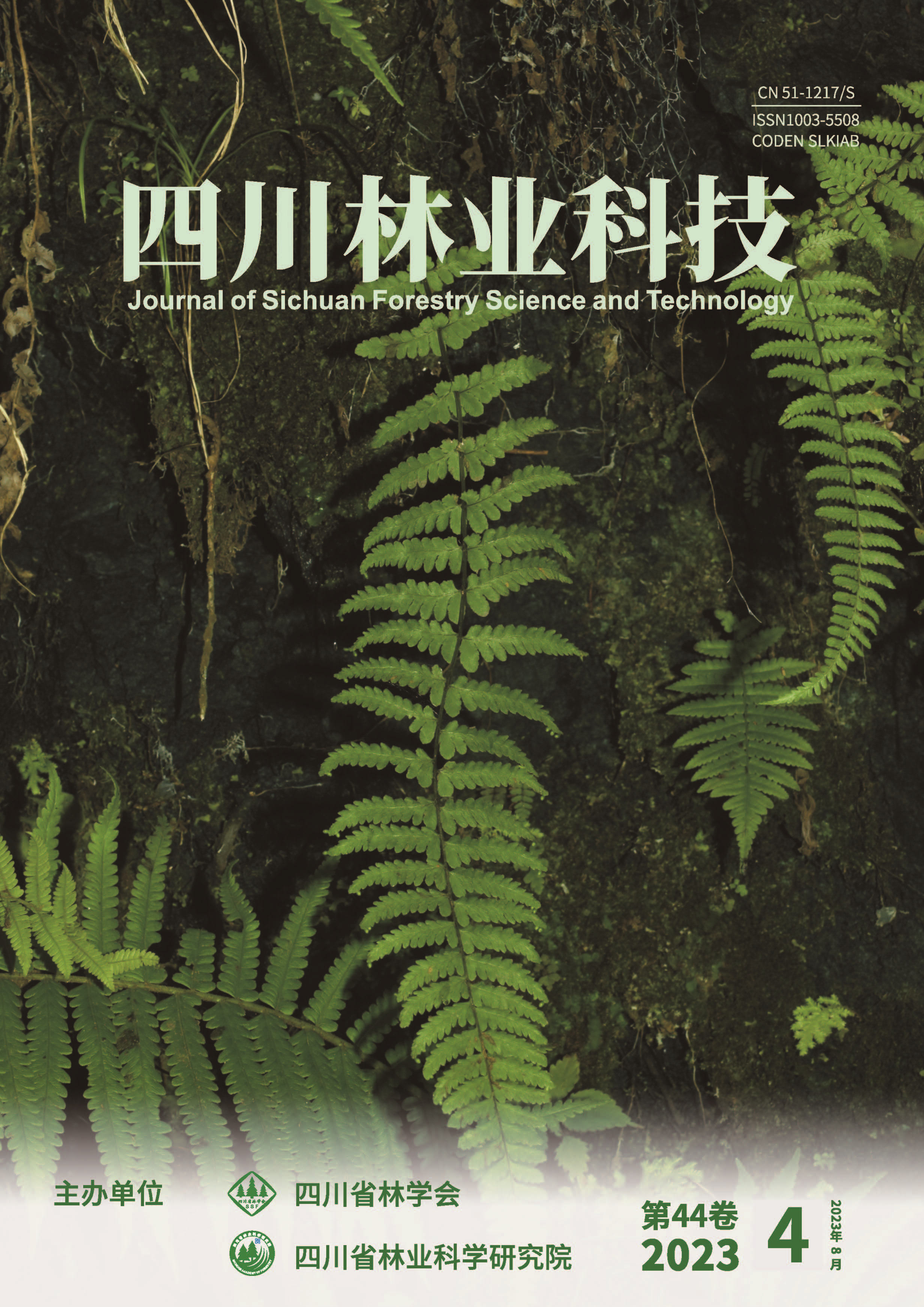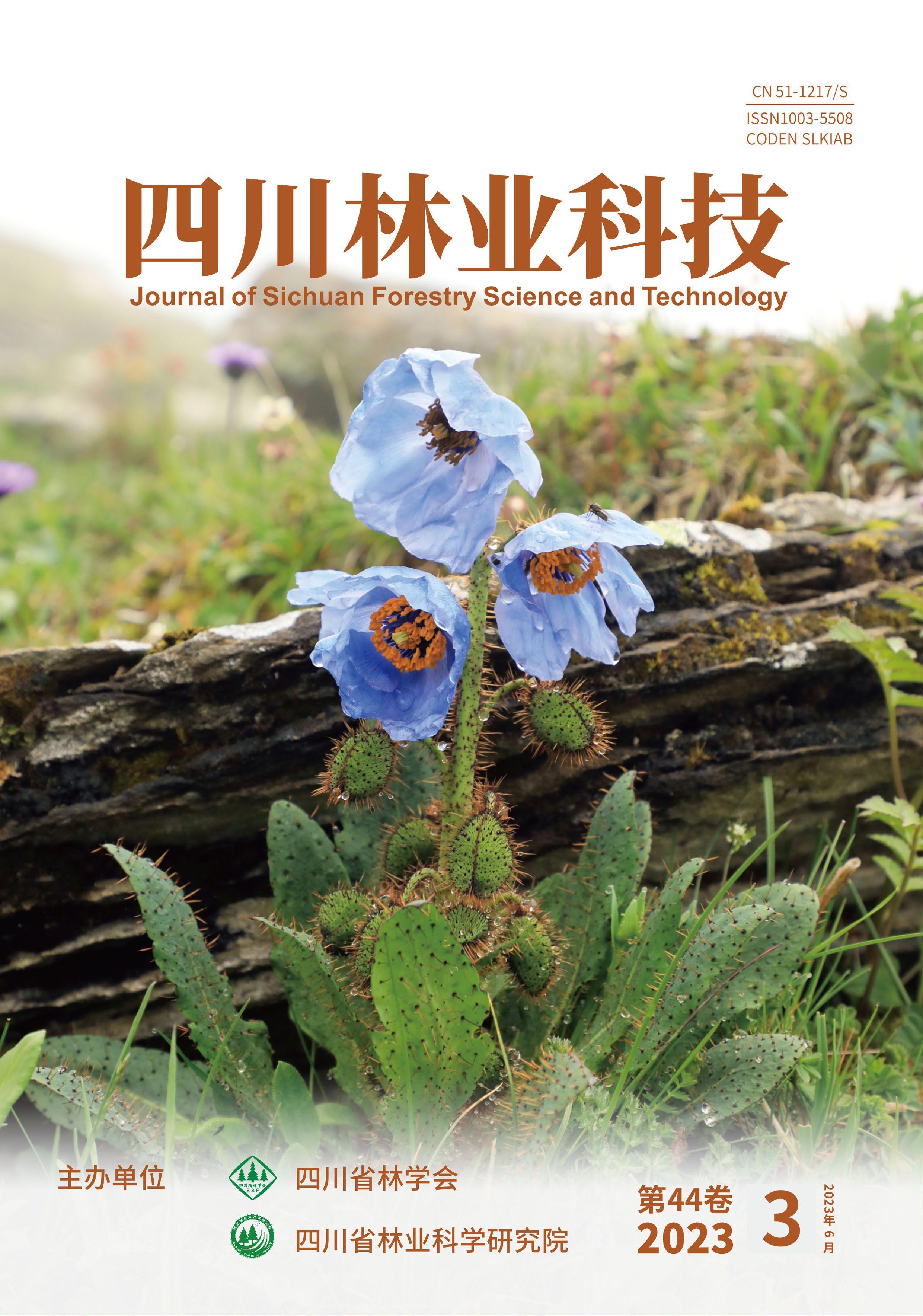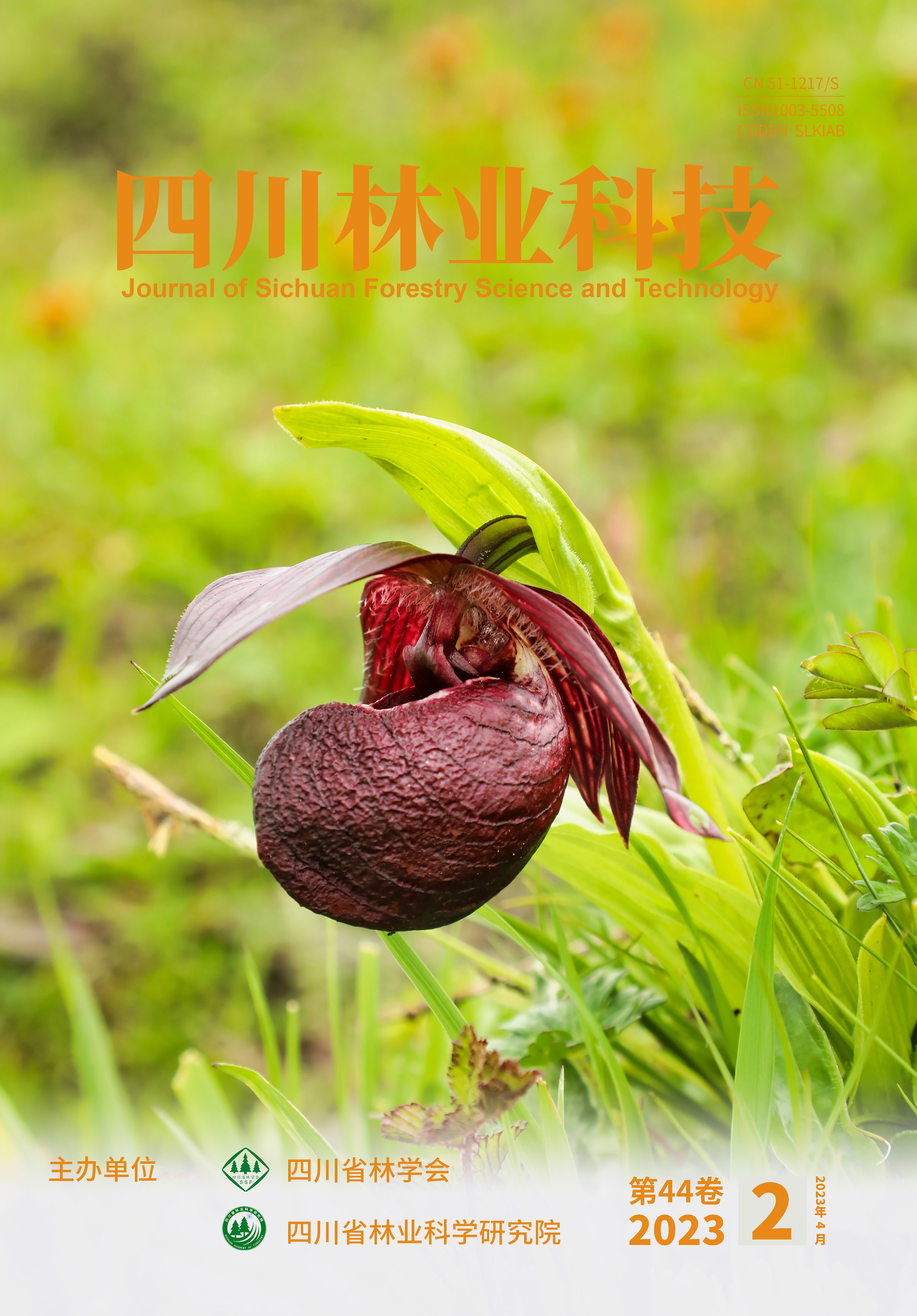Analysis of Triggering Earth of Debris Flows in Qingyijiang Gully of Pingwu County,Sichuan Province
doi: 10.16779/j.cnki.1003-5508.2013.05.008
- Received Date: 2013-05-02
-
Key words:
- Debris flow /
- Rockfall /
- Landslide /
- Triggering earth /
- Mountains surrounding the Sichuan Basin
Abstract: Qingyijiang Gully, loeated in Pingwu county of Sichuan Province, is one of the tributaries of the Pingtong River of the Fujiang River system. Debris flow disasters happened many times in the past. The rainfall reached 112 mm in Qingyijiang Gully on August 12th, 2008,therefore causing torrential flood and debris flows. The amounts of catchments, erosion gully and collapse body were measured on both sides of the 19.73 km long river between Kuanba forestry farm and Suojiang town after 16 days of the debris flows. The results showed that in the forestry lands and cultivated lands there were 54 catchments found in the surveyed area, whose density was 2.7 strips·km-1, and 65 erosions, whose density was 3.3 strips·km-1. And there were 1 264 m3 of quantities of triggering earth in the outlet, whose volume's density was 64 m3·km-1. 394 collapse bodies broke out in the surveyed section, their collapse volume was 7 324 m3. However, significant differences between collapse points and standing collapse volume were found between southern slope and northern slope of the river, collapse points and standing collapse volume in the southern slope were all superior to northern slope. On the collapse points, 286 points were found in the southern slope (which occupied 72.6% of all collapse points), whose point density was 14.5 points· km-1, but 108 points in the northern slope (which occupied 27.4% of all collapse points), whose point density was 6.5 points·km-1. And on the standing collapse volume, there were 5 486 m3 in the southern slope, which occupied 74.9% of all collapse earth, whose density was 278.1 m 3 ·km-1, while 1 838 m3 in the northern slope, which occupied only 25.1% of all collapse earth, whose density was only to 93.2 m3·km-1. The analysis also showed that human activities were the main cause of debris flow source, especially arable land. So, in the debris flow hazard treatment, attention should be paid to guiding the rural industrial structure adjustment,and trying the improvement of ecological environment, and enhancing the comprehensive management ability of disaster prevention and mitigation.





















 DownLoad:
DownLoad: